What kind of damage do voles cause?
Voles, they’re small rodent-like creatures that can be invisible (in that they aren’t seen often by humans), but they can cause an awful lot of damage. They can also be cute, so it makes it hard to understand that they can be quite the nuisance pest.
To know what damage they can cause, it can be helpful to understand just what they are and how they live. Many people call voles ‘field mice’, and it can help you to understand the size and their behaviors. They can be as small as a post-it note, long and skinny, or at their smallest, about 3 inches altogether. With their variance in size, voles are shorter than average mice, and their tails and ears are smaller than signature mice are.
Burrows
So here’s where the damage comes into play. Voles, like many other little pests, love to burrow. Their households are created in their burrows, and it’s often also their choice of transportation, away from predators. Their burrow holes aren’t a big problem though, and they’re good at housekeeping, to the extent that they don’t leave huge holes, and they dig much deeper than other animals.
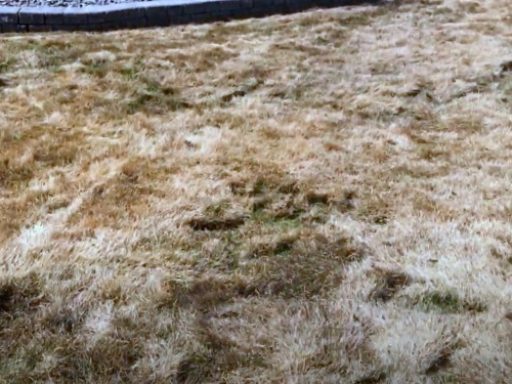


A problem here though is for the garden-lovers. Voles’ main purpose to go underground is to eat away at roots, greenery (like flowers), or any vegetables you might have, hence the name ‘field mice’. Because of the lack of signs indicating their presence, you may not notice you have voles until half of your garden has started dying away, and by that time, it may be too late to save your crops, plants, or lawn. This makes them formidable.
Signs Voles Are Present
On a lawn, if you have sharp eyes, there are a few things you CAN look out for, so it seems that there’s hope. If you have longer grass, after a while, you may be able to notice grooves in the turf. These are called ‘turf runways’, and they are shaped by voles.
In this way, the voles use the same pathways, and after a while it can mold the grass into somewhat wavy lines. This can happen usually beneath a sheet of snow in the winter, and after the snow melts, their formed tracks persist. Another small indicator of having voles is that they may attract other predators to your garden. They aren’t the only ones that can pose a threat to your green spaces.
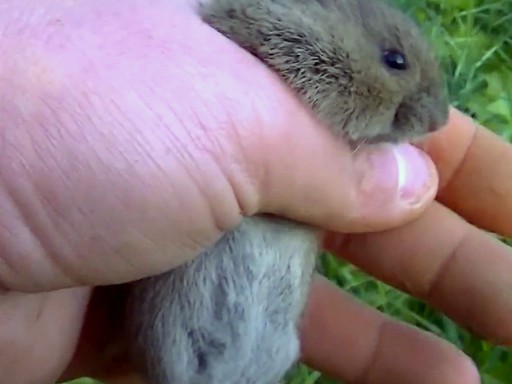


Many animals may come to your garden FOR the voles, and voles seem a good food choice for many animals. Snakes, coyotes, weasels, and cats are but a few. These predators can pose a more physical risk to your home and family, so keep an eye out for any signs if they arise and stay wary about them. Even reading this is a good sign, as it shows that you either have doubts or want to learn more. If you do think you have voles, there are a few small tips here to get rid of them.
Getting Rid of Voles
Unlike dealing with mice, getting rid of voles isn’t as simple as letting the cat get them. Also, it does little against scaring the voles away, as they can often live around cats easily. On top of this, commercial and DIY methods can be a fruitless waste of time and money. The only proper way to fully get rid of voles is through contacting professional wildlife experts who are trained in this particular field, as it can be a niche and difficult problem to take care of. That being said, if you keep a lookout for the tell-tale signs, you can hopefully limit the number of voles you have.
Select Your Animal



Raccoons
Raccoon Removal Information & How-To Tips
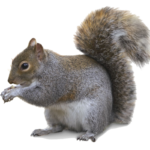


Squirrel
Squirrel Removal Information & How-To Tips
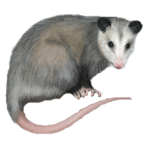


Opossum
Opossum Removal Information & How-To Tips
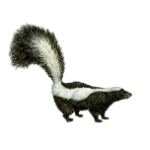


Skunks
Skunks Removal Information & How-To Tips
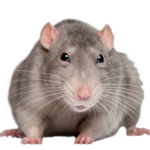


Rats
Rat Removal Information & How-To Tips
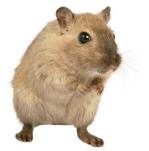


Mouse
Mouse Removal Information & How-To Tips
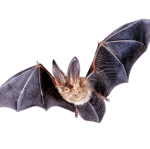


Bat
Bat Removal Information & How-To Tips
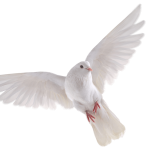


Bird
Bird Removal Information & How-To Tips
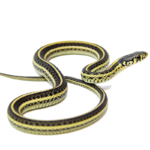


Snake
Snake Removal Information & How-To Tips
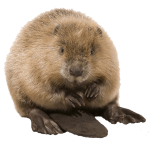


Beaver
Beaver Removal Information & How-To Tips
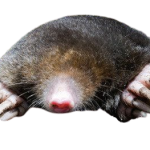


Mole
Mole Removal Information & How-To Tips
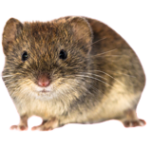


Vole
Vole Removal Information & How-To Tips
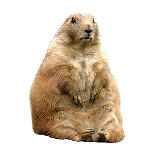


Gopher
Gopher Removal Information & How-To Tips
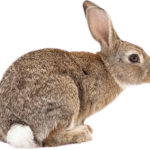


Rabbit
Rabbit Removal Information & How-To Tips
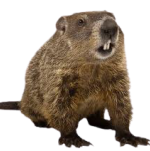


Woodchuck
Woodchuck Removal Information & How-To Tips
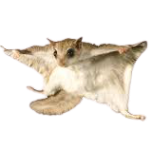


Flying Squirrel
Flying Squirrel Removal Information & How-To Tips
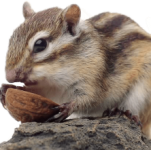


Chipmunk
Chipmunk Removal Information & How-To Tips
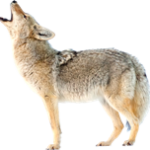


Coyote
Coyote Removal Information & How-To Tips
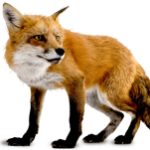


Fox
Fox Removal Information & How-To Tips
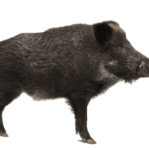


Wild Hog
Wild Hog Removal Information & How-To Tips
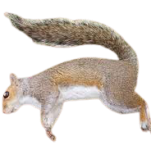


Dead Animal
Dead Animal Removal Information & How-To Tips